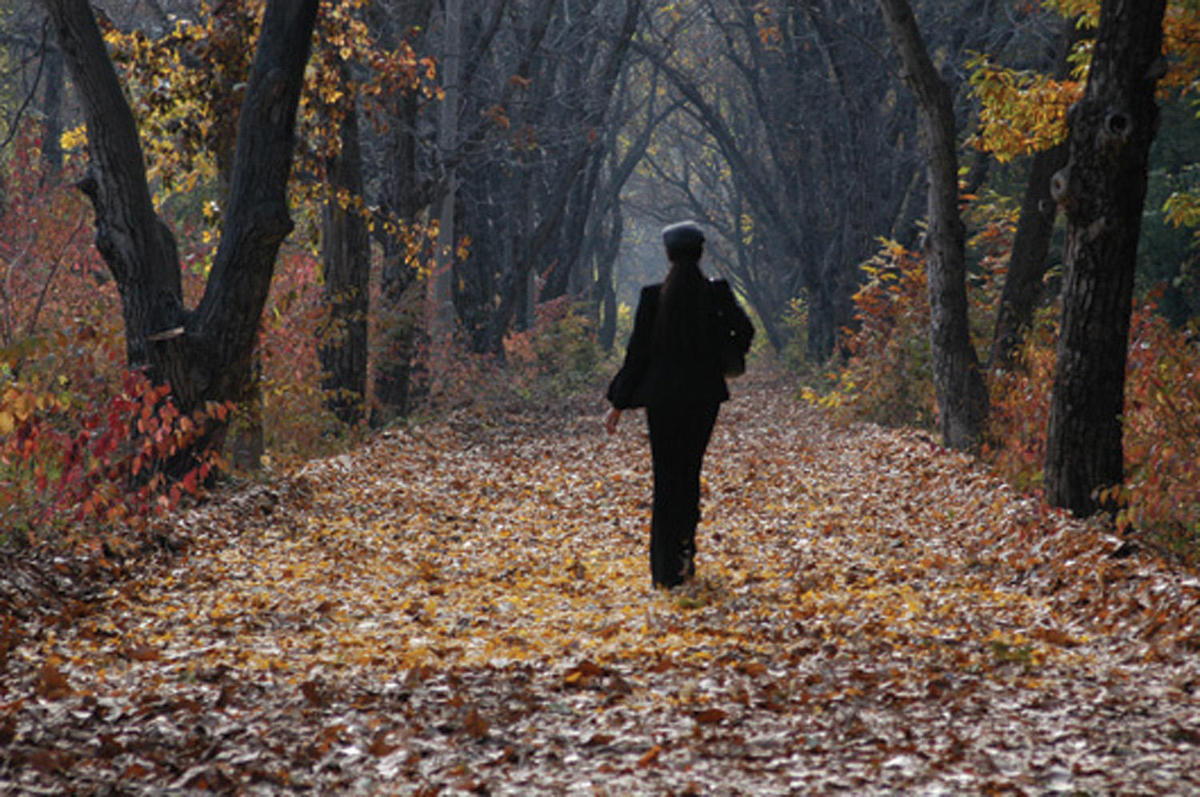
In Sex and Philosophy, Mohsen Makhmalbaf focuses on a dance master who plans a last tango with four of his mistresses. Avoiding any psychological depth or relevant philosophical insight, the film attempts to make some clumsy statements on the importance of being earnest when in the holy shrine of love and human relationships. Unfortunately, it’s not the pretentious style and fake characters that are most disturbing, but the simplicity and naivety in treating narrative and subject. Perhaps that’s what a certain festival director meant when he quipped that the film was “neither about sex nor about philosophy.”
Once very much the film festival darling, Makhmalbaf’s glory days seem to have come to an end with Sex and Philosophy, which premiered in the summer of 2005 at the Montreal World Film Festival, went on to the London Film Festival and has since more or less disappeared. Even Makhmalbaf ’s most loyal supporters refer to the disappointments his films have yielded since he began working outside Iran. While his “escape” abroad was hailed in the Western press as an act of brave defiance against the censorial powers that be in Iran, it’s the total dissatisfaction of his fans with his work, rather than any political pressure, that’s considered the reason for his solicitation of foreign audiences, as well as foreign settings, for his films.
(Interestingly, the period between the fully-ignored 1998 feature Silence and the humiliation of Sex and Philosophy, both shot in Tajikistan, saw one of Makhmalbaf’s festival milestones—2001’s Kandahar. I beg to differ with the foreign critics who hailed this film as a masterpiece: for me, it was yet another case of success-by-political-coincidence, set against the boom of breaking news in the era of satellite channel domination.)
No one can deny that, after launching his career with propagandistic films such as Boycott, a scathing parody of the Iranian Left, Makhmalbaf once had many more admirers in Iran than he has had of late in the West. The bold beauty of The Peddler, The Cyclist (both 1987) and The Marriage of the Blessed (1989), for example, make his gradual decline in popularity all the more depressing. The narrative brilliance of these films, which were all made in Iran, also highlights what he lost in turning to a new place for the sake of international success. The turning point came when, in Salam Cinema!, Makhmalbaf attempted to imitate Kiarostami’s highlyacclaimed Homework (1990), using a documentary style based on interviews with vulnerable, real people. While a stalwart of “world film” events, the film was simply rejected by Iranian cinemagoers for its insulting depiction of Iran and its “country” people, who were rendered as puppets instead of critical cinema-lovers and trapped by a set-up that was billed as a public audition.
Iran’s Makhmalbaf fans—who even tolerated long, crowded queues, in a chilly Tehran February, and then broken legs and arms following a scrummage for tickets to Salam Cinema! were left disillusioned with their hero.
But some things haven’t changed since Salam Cinema!; they’ve just become more noticeable in recent years. Take color composition, for example. Ever since Gabbeh (1996), which played at Cannes Film Festival in 1996, Makhmalbaf has relied on a palette of saturated, postcard colors. (As Danish director Carl Theodor Dreyer once wrote, in order to get away from the abyss of naturalistic filmmaking, some directors end up deceived by color like children presented with a box of pencils.) And raw symbolism. Remember the artificial legs falling from the sky in Kandahar? The scene was a fake, fanciful symbol for underdeveloped lives in neighboring Afghanistan. Such flagrant imagery leaves the viewer stumbling out of the cinema sedated by allegory. Never a master at depicting the absurd, since Turn for Love (also known as Time of Love, 1991), Makhmalbaf ’s own expressions resemble those of a naive character in an absurd play.
Finally, encouraged like many other festival favorites by the popularity of “simple filmmaking,” Makhmalbaf has failed to develop both narrative and characterization in his recent films. Everything in these films concerns reality, yet the vulnerability of the real is brushed over and ultimately lost.